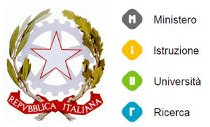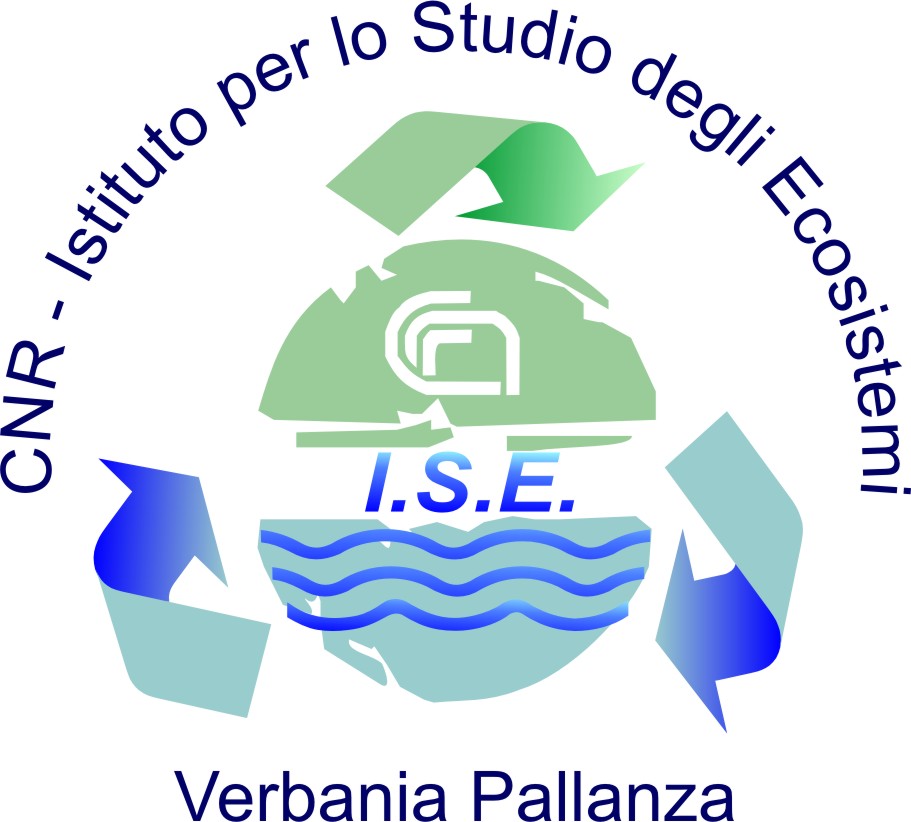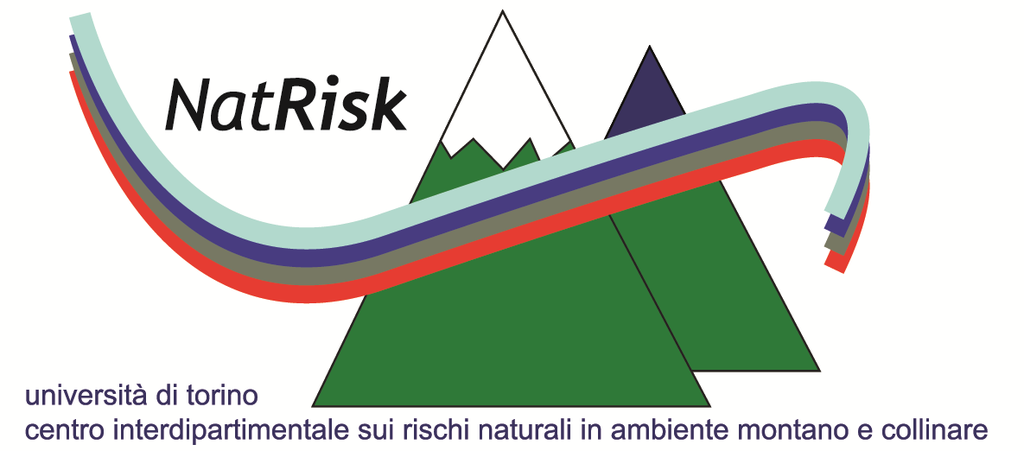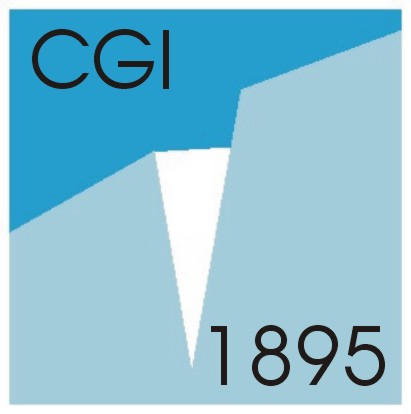You are here
WP 1.1 High-altitude Climatic Observation System and Climate Station Network
In-situ or ground-based observations at mountain sites can provide information about background atmospheric composition variability over wide regions. On the other hand, mountain regions can be affected by “acute” transport events of anthropogenic air pollutants or air-masses enriched by natural compounds (e.g. mineral dust, volcanic emissions or biogenic particulate aerosol) able to drive atmospheric composition variability and directly affect mountain ecosystem and biodiversity.
Thus, WP1.1 aims in providing quality-assessed information about the variability of essential atmospheric variables (e.g. temperature and precipitation, particulate aerosol, greenhouse gases, reactive gases, precipitation depositions) over Italian mountain regions. The methodologies to achieve this goal are based on the execution of continuous long-term near-surface and ground-based observations of pollutant/climate-altering compounds (Task 1), the implementation of a mountain network to investigate depositions (Task 2), the assessment of the Elevation Dependent Warming effect over mountain regions in Italy (Task 3), the realization of climatological data-sets for surface temperature and precipitation with high spatial resolution (Task 4).
Activities
• Task 1. Integration of a national network for the monitoring of atmospheric composition (long-lived greenhouse gases, short-lived climate forcers/pollutants, ancillary parameters) in background conditions to investigate the variability of pollutant and climate-altering compounds. One of the goal of Task 1 was to facilitate, among the existing observatories, the harmonization of protocols for measurements, analyses, QA/QC procedures and to foster the adoption of common calibration scales in the framework of international initiatives (e.g. GAW-WMO, ICOS-RI, ACTRIS). In this regard, the support to the implementation of the GAW-WMO Global Station at Monte Cimone was a priority. At this site, we implemented new in-situ measurement programmes as well as remote sensing ground-based observations (e.g. aerosol LIDAR, vertical profile of trace gases by DOAS, photometry for AOD determination). To strength the national support to international programmes (e.g. Copernicus, WMO Sand and Dust Storm Warning Advisory and Assessment System, Integrated Global Greenhouse Gases Information System by GAW), we fostered the commissioning of operative and experimental services for early warning, near-real time data delivery and the open-access publication of data. Field campaigns for the investigations of specific scientific topics (e.g. investigations of ice-nuclei variability, radiocarbon measurements).
• Task 2. Creation of a network of deposimeters in Dolomitic area (and, more generally, in the Veneto Region) to monitor stable isotope ratios and geochemical parameters in atmospheric precipitation. A network of 8 sampling devices was installed along an altitudinal transect between 0 and 2550 m a.s.l. An Elemental Analyzer equipped with EA/MS interface for the analysis of stable isotopes in solid samples (both instruments purchased with funds NextData) was also installed at the IDPA-CNR labs. Monthly depositions sampling, surface water, pore water and sphagnum peat in several sites along an altitudinal transect (# 4 sites).
• Task 3. Collection of data to assess Elevation Dependent Warming over mountain regions in Italy. To evaluate the existence and the intensity of an elevation-dependent warming signal in the Alpine region a dense and homogeneous network of in-situ stations up to the highest elevations would be required. Owing to the lack of such an observational network, this EDW study relies on one publicly available observation-based gridded dataset obtained by interpolation of available in-situ station data. We used the HISTALP dataset (http://www.zamg.ac.at/histalp/) data-base, which provides monthly homogenized temperature timeseries at a resolution of 0.08° latitude/longitude from 1760 to 2015. In addition, we used climate simulations by the state-of-the-art Global Climate Model “EC-Earth” run at five different spatial resolutions (to test the impact of simulation resolution on this important processes), from ∼125 to ∼16 km, the coarsest resolution being the one typically used in state-of-the-art global climate model simulations (e.g. in CMIP5), while the finest being the resolution typically used for numerical weather predictions.
• Task 4. Realization of a climatology of monthly temperature and precipitation at high spatial resolution (30 arc-seconds) for Italian mountain areas with altitude above 1500 meters, through the analysis and the elaboration of instrumental time series of temperature and precipitation. For the three national parks of Gran Paradiso, Stelvio, and Paneveggio / Pale di San Martino monthly data-sets of temperatures and precipitation temporal series were reconstructed at the same spatial resolution for the past decades.
Results
One of the most important results within this WP is the effective integration of the high-altitude and baseline observatories for the continuous observations of essential climate variables (trace gases, atmospheric aerosols and meteorological parameters). Common guidelines and standard operation procedures have been shared and the automatic system for the evaluation of the quality of observational data (trace gases, atmospheric aerosols and meteorological parameters) was activated for Col Margherita, Mt. Cimone , Capo Granitola and Lampedusa. This system automatically performs flagging of the data, temporal aggregation, and formatting according to the guidelines for submission to the WMO/GAW data-bases. Moreover, a series of graphic products (time series, histograms, averaged daily and seasonal cycles) are created operationally, useful both for the data quality evaluation process as well as for the study of the variability of the measured species and the identification of special events. The routines, developed in the "R" environment, are freely available to users at the Nextdata archives (https://geonetwork.igg.cnr.it). Thanks to this result it was possible to activate a near real time data transmission service to the CAMS program of Copernicus (reactive gases of Col Margherita, Mt. Cimone, Capo Granitola, Lampedusa and CO2 of Plateau Rosa) and the WMO/GAW program ( aerosol properties at Mt. Cimone). For the first time, thanks to the "MOVIDA Multi-Stations" system (http://shiny.bo.cnr.it:3838/plot-multistats-en/), it is possible to make available to users the data of the high altitude WMO/GAW stations on the Italian territory by a single entry point. The time series concerning the main pollutants and climate-altering compounds (reactive gases, greenhouse gases, atmospheric aerosols) recorded within NextData are also available by the NextData data archives ((https://geonetwork.igg.cnr.it).
The observational data collected at the project observatories have been used in several studies about the variability of essential climate variables with particular attention to the determination of their trends, their typical variability in the Mediterranean region (with an emphasis on the Alpine and Apennines regions), chemical - transport processes and the impact of anthropogenic and natural emissions. A Lagrangian tool (STEFLUX) was developed and used for the automatic identification of air masses transport events from the stratosphere. At the high-altitude observatories, positive trends were pointed out (from 0.03% yr-1 to 0.09% yr-1) for the frequency of intrusion events in the period 1979 - 2016, which however did not appear to be able to influence the long-term ozone trends observed. A linear interpolation model developed to simulate the variability of atmospheric species as a function of observed predictors (meteorological parameters and atmospheric compounds) was tested by using observations carried out in the central Apennines. Particular attention was paid to the study of the transport of mineral aerosol from North Africa. Automatic methods have been developed for their detection based on the analysis of air-mass transport and physical and optical properties of the aerosol. As an example, at the reference site of Lampedusa, these studies highlighted the importance of the correct determination of the dust particle size distribution in order to calculate their climate effect (atmospheric heating rate and radiative forcing).
The analysis of data observed at the deposimeter network allowed to characterize the spatial variability of δ18O‰ across this a region spanning from Venice to the high Dolomites. The trends of the isotopic composition of oxygen and hydrogen have been described as a function of temperature and the local precipitation amount, while the vertical isotopic gradient has been calculated for the region of investigation.
Monthly high-resolution climatologies (30 arc-second) of precipitation and temperatures for the entire Italian Alpine region referring to the reference period of 1961-1990 were reconstructed. These data are available at the NextData archive (http://geonetwork.igg.cnr.it/), developed in WP2.1. At the same resolution of 30 arc-second, the monthly datasets of temperatures and rainfall for the last 60 years (1951-2012) were reconstructed for three case studies focused on the three national parks of the Gran Paradiso, Stelvio and Paneveggio - Pale di San Martino. These datasets have been reconstructed by extracting the climatologies for the three geographical regions under examination and by interpolating 30-year (1961 – 1990) anomalies of temperature and precipitation at the same points of the climatology grid. Finally, from the overlapping of climatologies and anomalies for each grid point, time series were obtained as absolute values of precipitation and temperature. These datasets are also available at the NextData data achives (http://geonetwork.igg.cnr.it/).
A comparison study was carried out about the phenomenon of the EDW on the Alpine Region with two other mountainous regions of the northern hemisphere: the Rocky Mountains and the Tibetan-Himalayan Plateau. The results of this study have been extensively described and discussed in the Deliverable D1.1D, entitled "Future elevation-dependent warming on Italian mountains and related database".




























